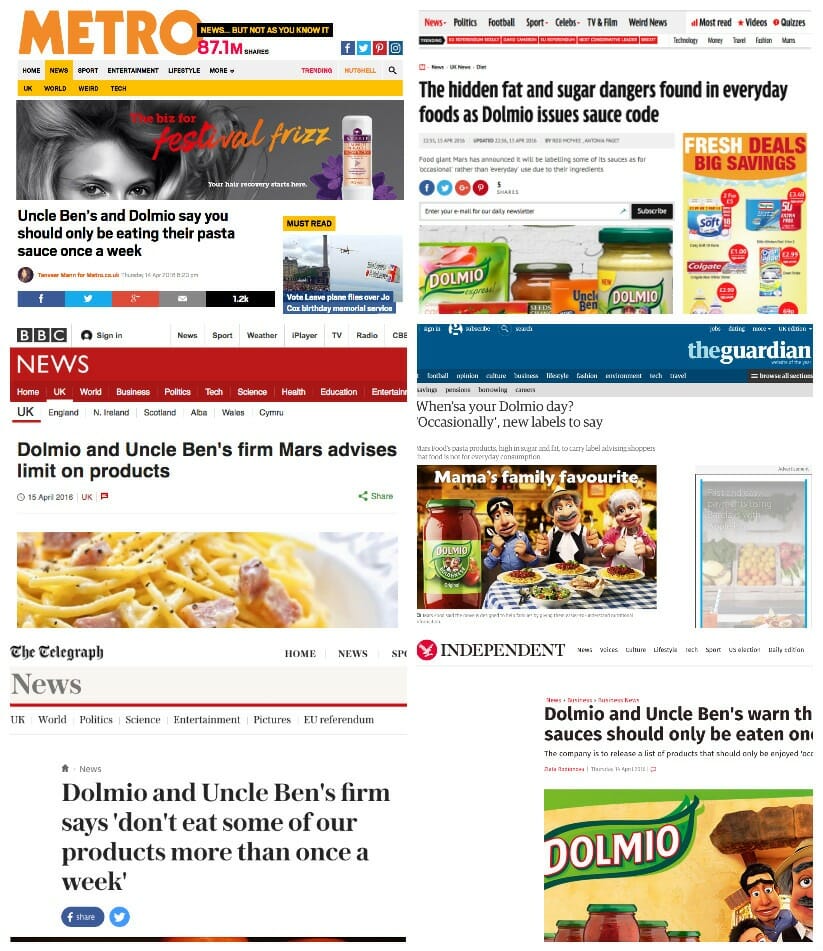One explanation to why transparency in PR is taking the business’ middle stage is a direct result of web-based media. It’s simpler now for clients to consider brands responsible for their activities. Regardless of whether it’s an awful survey on a blog, or an appeal circling Facebook, people in general are progressively vital in shaping an opinion or reputation of a business or anything. Subsequently, organisations are clamouring to give their clients a greater amount of an understanding into their cycles and to assist them with remaining educated. However, I’m sure all will agree that this method is truly the most dignified and morally correct, however, there are many depending factors that can shape a companies reputation. These are the more dishonest factors. I am stuck personally between what is morally correct and as a public relations official I would like to think that by being honest and dignified would make me a great at pr. In contrast to that though, I see why some would think as a Public Relations official, they should do anything as long as its legal, to protect that company or save their reputation. Surely that would count as doing great PR?
Another explanation is that an apparent absence of honesty ponders gravely an individual or association, whether or not or not they have something to ‘cover up’. Take David Cameron’s past contribution in the Panama Papers embarrassment. At the point when inquired as to whether the Prime Minister was holding cash seaward, a representative for Downing Street answered with, “It’s a private issue”, which, obviously, lead to far and wide doubt about the PM’s monetary dealings. Cameron later uncovered insights concerning his own funds, yet it’s protected to state that Downing Street’s press office might have spared themselves a terrible part of issue had they been straightforward and delivered the PM’s expense records sooner, as opposed to keeping away from the inquiry. So, what could the Prime Ministers PR team done better? The fact that they states something so inaccurate and dilly dallied around the subject, just led to more of an uproar as it in a way, confirms to the public, in THEIR eyes that he is guilty of the story’s accusation. If the PR team had chosen to be honest, there would have been a commotion so maybe it does mean that not being completely transparent all the time is a good thing.
A Good example of transparency in PR…
An extraordinary case of this was Mars’ declaration in April that suggested its Dolmio and Uncle Ben’s sauces should just be eaten ‘at times’ because of their high salt, sugar, and fat substance. Heaps of individuals addressed whether such a declaration was ‘brand self destruction’, and would welcome on a decrease in deals, however numerous PR experts extolled the move, saying that it was established in social duty and authentic promise to the client

.At the hour of the declaration, PR Week addressed PR experts for their conclusions. Rickki Weir, head of customer brand at PR consultancy Cirkle, stated,
“It’s an innovative nod to the educational role that many manufactures will continue to take. It informs consumers and leaves them with the choice of how often they consume the product.”
Eventually, the reaction to the news was generally sure, with loads of experts remarking on how it considered Mars and their obligation to their clients over deals. Fiona Dawson, Mars’ worldwide leader of food, drinks, and multisales, fortified the part of trandparency in building associations with people in general, expressing that the move was tied in with conveying what clients need,
“Customer have been getting progressively confounded about what is solid and what isn’t sound. We have to step in and guarantee that we convey the straightforwardness they state that they are searching for.”
In any case, how honest is honest PR, truly? What’s more, where do you take a stand?
…And a not so good example. Or is it?
A wile ago, a photo and video of Megan Trainor cam into question, pop star Meghan Trainor brought her most recent music video down from YouTube, asserting that her midsection had been Photoshopped. Subsequently, Trainor was commended for her genuineness and demonstrating regard for her relationship with fans. It was additionally gotten by bunches of major news sources, making it a decent piece of exposure for the pop artist.
In any case, after it was later uncovered that Trainor did in fact endorse the video before its delivery, a few people addressed how she might have missed her clearly intensely photoshopped midsection, proposing the arrangement was to pull the video from the start. As stated, the story was covered broadly, and it helpfully fitted in with Meghan Trainor’s picture as the banner young lady for body inspiration … maybe excessively advantageously. So was this an astute PR stunt which played on the public’s requirement for straightforwardness? It’s difficult to tell, however it unquestionably concretes that straightforward PR (or what resembles straightforwardness in PR) is acceptable PR in the public’s eyes.
Summed up, like, a just don’t know what to believe. To me there is two sides that just cannot get to the bottom of.
Anyway, you may not of gotten any clarity from this blog post, but I hope that you enjoyed it and thank you for reading.
Caoimhe Cullinan is a final year BSc in Communication Management & Public Relations student at Ulster University.
